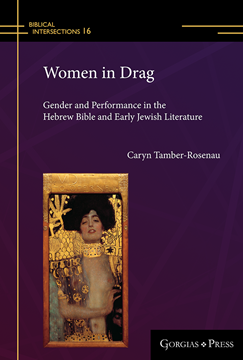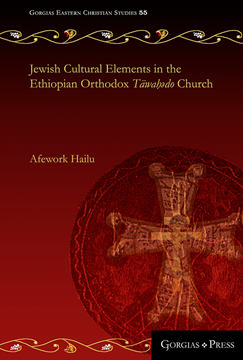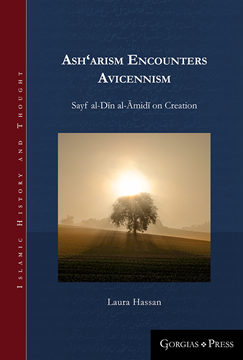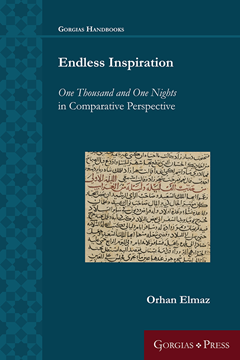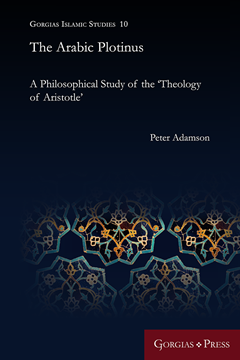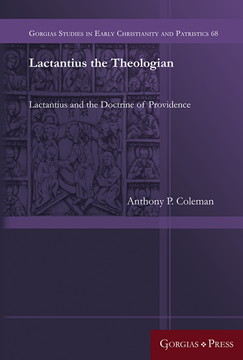Women in Drag
Gender and Performance in the Hebrew Bible and Early Jewish Literature
Series: Biblical Intersections 16
ISBN: 978-1-4632-0716-8
From Jael’s tent peg to Judith’s sword, biblical interpreters have long recognized the power of the "lethal women" stories of the Hebrew Bible and related literature. The tales of Jael and Judith, female characters who assassinate enemy commanders, have fascinated artists, writers, and scholars for centuries, no doubt partly because of the gender of the characters doing the killing. Tamber-Rosenau presents the first systematic study, both text-centered and deeply engaged with a variety of queer-theoretical frameworks, of the motif of the woman-turned-warrior in ancient Jewish literature. Through analysis from queer-theoretical perspectives and comparison with Ancient Near Eastern and Greco-Roman literature, Women in Drag shines new light on three strong female characters from the Hebrew Bible and the early days of Jewish literature.
$114.95 (USD)
Jewish Cultural Elements in the Ethiopian Orthodox Täwaḥədo Church
Series: Gorgias Eastern Christian Studies 55
ISBN: 978-1-4632-0717-5
This monograph traces how ‘Jewish’ elements were introduced into and disseminated throughout the Ethiopian Orthodox Täwaḥədo Church through a series of multi-layered, socio-politico-cultural processes. Drawing on historical and literary evidence, Afework tracks the incorporation of Jewish features into the Ethiopian Orthodox Church from pre-Aksumite Christianity, before the fourth century, through the sixteenth century.
$118.00 (USD)
Ash‘arism Encounters Avicennism
Sayf al-Dīn al-Āmidī on Creation
By Laura Hassan
Series: Islamic History and Thought 19
ISBN: 978-1-4632-0719-9
This study of Sayf al-Dīn al-Āmidī’s (d. 631/1233) teachings on creation offers close analysis of all of his extant works of falsafa and kalām. Some of these were not known to previous scholars, yet they bear witness to key facets of the interaction between the historically inimical traditions of Hellenic philosophy and rational theology at this important intellectual moment. Al-Āmidī is seen to grapple with the encounter of two paradigms for the discussion of creation. On the one hand, Ibn Sīnā’s metaphysical concept of necessity of existence is the basis of his doctrine of the world’s pre-eternal emanation. On the other, for the mutakallimūn, the physical theory of atomism bolsters the view that God created the world from nothing. This study is of interest to scholars of Ibn Sīnā and Ash‘arism alike, as it advances our understanding of the ongoing tradition of rational theology in the Islamic world, long past Abū Ḥāmid al-Ghazālī’s (d. 505/1111) famous attack on the philosophers.
$114.95 (USD)
Endless Inspiration
One Thousand and One Nights in Comparative Perspective
Edited by Orhan Elmaz
Series: Gorgias Handbooks 47
ISBN: 978-1-4632-0720-5
This volume deals with One Thousand and One Nights in yet another and novel way as it brings old and new together by exploring parallels and possible origins of its tales, as well as the wealth of modern and contemporary material that it has originated and continues to inspire. The papers included in this volume address the theory and practice of the adaptation and appropriation of One Thousand and One Nights into any type of literary text and media, while approaching a definition of our contemporary knowledge and understanding of the Nights. Through this, it will be possible to underline the dynamic nature and autonomous life that the tale collection acquired and how it originated works like Jorge Luis Borges’s essays, Naguib Mahfouz’s works, Miguel Gomes’s trilogy, a Turkish soap opera that became popular around the world and made it to Netflix, or Nikolai Rimsky-Korsakov’s well-known symphonic suite.
$114.95 (USD)
The Arabic Plotinus
A Philosophical Study of the 'Theology of Aristotle'
Series: Gorgias Islamic Studies 10
ISBN: 978-1-4632-0718-2
A reprint of Peter Adamson's influential work The Arabic Plotinus.
$70.00 (USD)
Lactantius the Theologian
Lactantius and the Doctrine of Providence
ISBN: 978-1-4632-0723-6
This book examines the doctrine of providence as it appears in the works of the North African Latin apologist, L. Caecilius Firmianus Lactantius.
$155.00 (USD)
